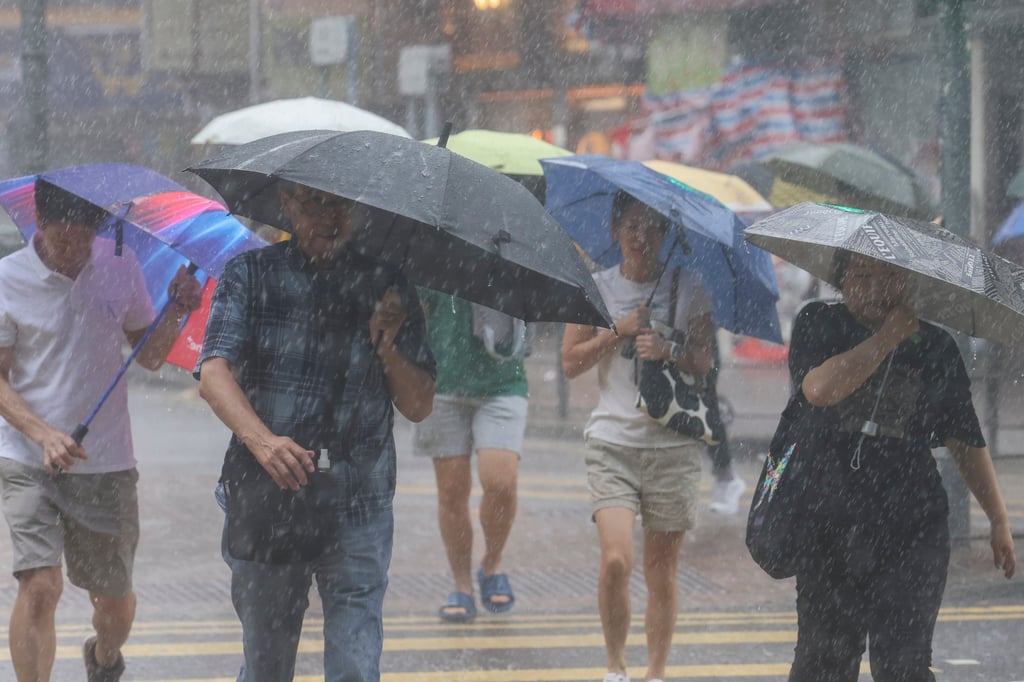Editorial | Hong Kong must never stop learning on how to deal with typhoons
Wrath of Super Typhoon Yagi may have left Hong Kong relatively unscathed, but it can ill-afford to be complacent

The city’s first typhoon signal No 8 of the year may appear not to have posed too much of a problem. Thanks to the Observatory’s earlier alerts regarding signal adjustments and the relatively distant trajectory of Yagi, Hong Kong has, by and large, escaped unscathed from the super typhoon that wreaked havoc elsewhere.
As fortunate as it is, the treacherous force of nature means the city may not always stand prepared for the onslaught of natural phenomena, especially when extreme weather events have become increasingly common.
Unlike before, when typhoon signals provided relatively short notice and the city was often ill-prepared for the chaos to come, the weather forecaster is today to be commended for keeping the public aware of the latest atmospheric conditions well in advance. This enabled the authorities to gear up for one of the strongest typhoons to affect the city since Saola last September, Mangkhut in 2018 and Hato in 2017.
There were fewer reports of injuries, flooding and fallen trees. The sight of people making an orderly return for a half day at work on Friday was in stark contrast to the depressing scenes of post-typhoon chaos in the past.

The disruption to air, sea and land transport is still inevitable, as are suspensions of schools, public services, court hearings and stock trading. The good news is that from later this month the latter will continue under new rules that enable the bourse to operate during typhoons and torrential rain.

